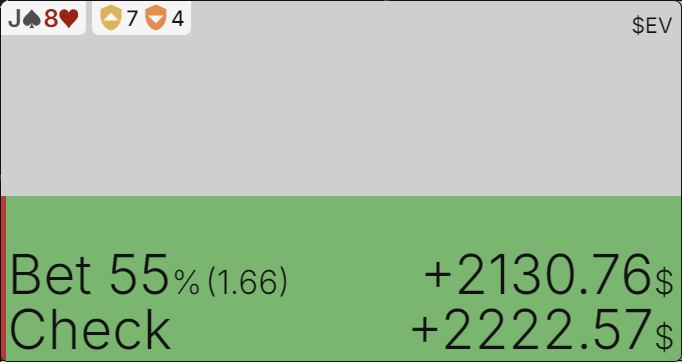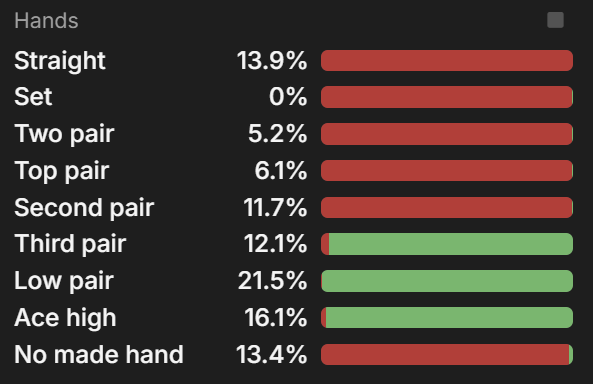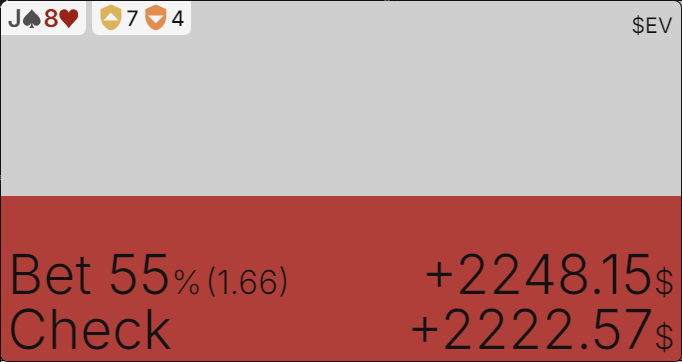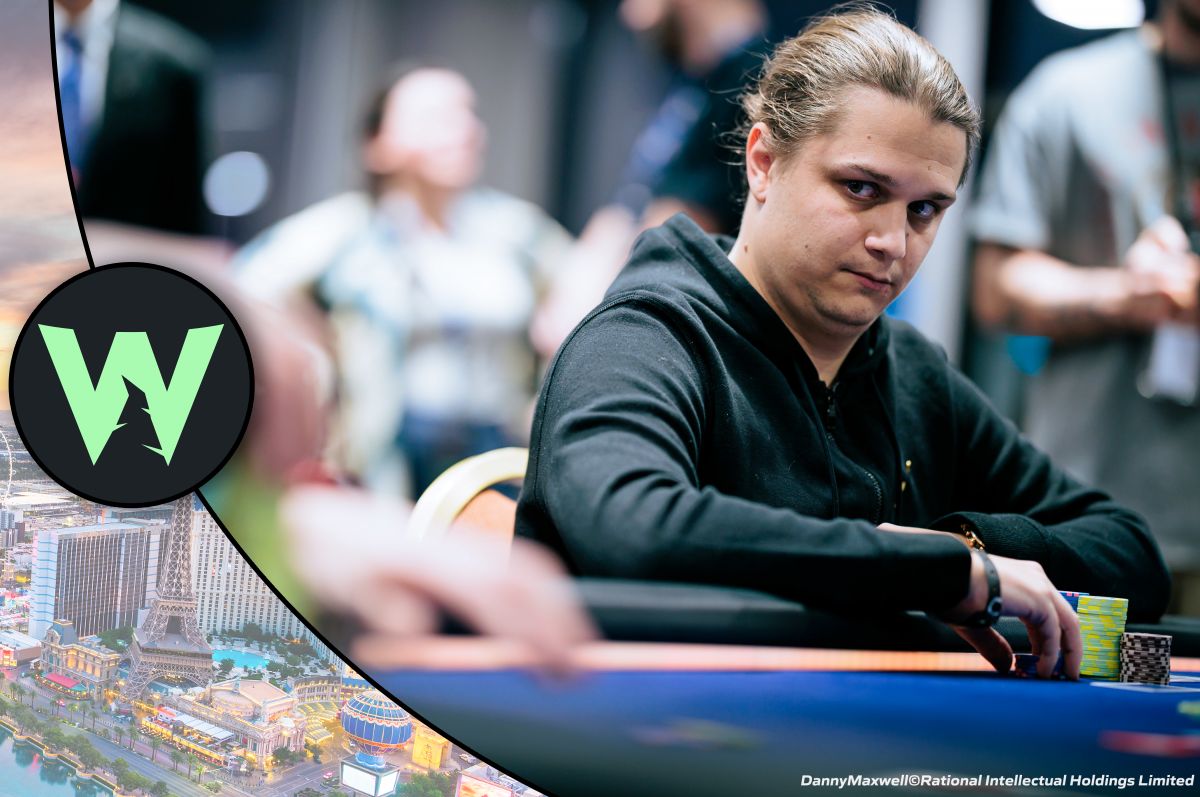When it comes to high-level poker, the best players consistently find opportunities that leave the rest of us scratching our head.
Step forward Niklas Astedt, whose runner-up finish in the EPT Prague €50,000 Super High Roller was notable for a hand against eventual champion Thomas Santerne, with Astedt betting with third pair, getting paid by his French opponent AND being good.
Here GTO Wizard takes a closer look at the hand to evaluate the Swede’s daring river strategy.
GTO Wizard: How to Play Pocket Jacks
The Hand
With seven players left and only five places paid, both Astedt and Santerne were battling for the chip lead when the hand occurred.
Blind-on-blind, Santerne and Astedt checked the K♦J♣2♦ flop and Q♥ turn with the river the 9♥. Santerne checked and Astedt put out a bet of 20,000 with around 36,000 in the middle.
Santerne called but mucked when Astedt showed J♠8♥ for third pair, causing tablemate Sam Grafton to exclaim “What just happened!”
“He knows me,” said Santerne.

The Analysis
Astedt went for a paper-thin value bet on the river with third pair no kicker on a four-to-straight runout that surprised even high-stakes player Sam Grafton. Surely this can’t be right….or is it? Before the river, there’s little to talk about, so let’s take a deeper look at Astedt’s optimal river strategy to evaluate his play:
How wide should Astedt bet for value on the river in GTO land?

The first factor we need to consider is how loose his value betting threshold is in this spot. It’s clear that Astedt deviated from GTO and shouldn’t go thinner for value than second pair here.
Although second pair may still seem a bit thin, his opponent Asterne missed three opportunities to bet for value, which means there won’t be much in his range left that beats Astedt’s second pairs apart from the occasional slowplayed straight.
Third pair however doesn’t get calls by enough worse to justify a value bet.
By betting his second pairs on the river, Astedt can get called by a third pair, fourth pair, and A high. If his opponent doesn’t defend with these hands enough, Astedt could overbluff this spot and gain extra EV by exploiting his opponent.
Nonetheless, Asterne called and still lost to Astedt’s unexpected third pair. Santerne’s utterance of “He knows me” after hearing Grafton’s astonishment regarding Astedt’s choice to value bet so thin could indicate that Asterne may have the tendency to overcall these spots, and Astedt likely attacked his leak, being aware of his tendencies.
Was Astedt’s river bet a good exploit?

Here we see the expected gain of betting and checking Js8h assuming both players are playing perfect GTO.
Surprisingly, the EV loss of betting third pair is minimal, even if his opponent would play perfectly. This indicates that his opponent doesn’t need to deviate much for betting J8 to become better than checking.
In this simulation, we locked Asterne’s first river decision to be in line with GTO but then forced him to raise 2% less often and call 2% more often instead (compared to the GTO baseline) when facing a bet of roughly half pot.
This is what the EV of Js8h looks like after applying node locks to Asterne’s strategy:

We can now comfortably bet third pair here for thin value, although betting is only slightly better than checking (assuming Asterne still occasionally finds the fold button). If Asterne never folds a weaker pair, it would be a blunder for Astedt not to bet his hand.
Conclusion
The level at which these guys are playing is world-class! Looking at GTO Wizard’s analysis, it’s evident that Astedt is capable of squeezing even the last drop of value out of his opponents and isn’t afraid of making extremely thin value bets in position. Another amazingly played hand by a top MTT reg.
Hand analysis provided by Sotos in collaboration with GTO Wizard


